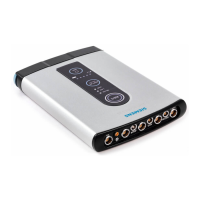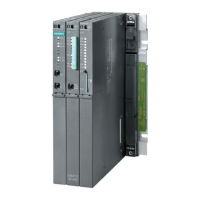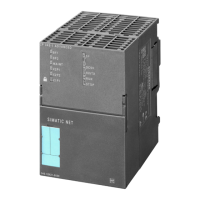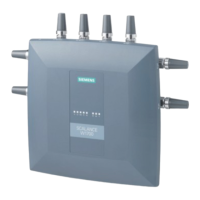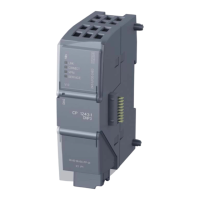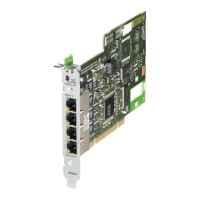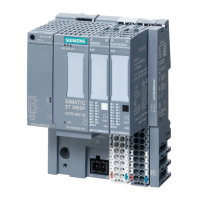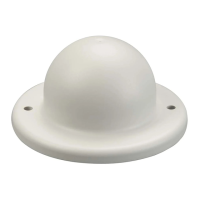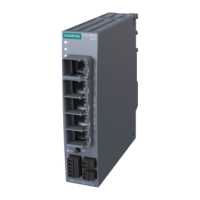Basics of communication with Industrial Ethernet
1.3 Technologies of Industrial Ethernet
Industrial Ethernet
System Manual, 09/2019, C79000-G8976-C242-10
49
PIM
Protocol Independent Multicast (PIM) allows the routing of multicast packets, regardless of
lower-level routing protocols such as OSPFv2 or static routing (IPv4). PIM expands the
routing information of the unicast routing protocol active on the router with additional
information for multicast operation.
The following requirements must be met for the use of PIM:
● IGMP is enabled on the First-Hop and Last-Hop routers of the routing topology.
● PIM is enabled on all routers of the routing topology.
● There is at least one rendezvous point (RP).
● In every subnetwork there is a designated router (DR).
● The DR must also be the IGMP Querier.
NAT
NAT/NAPT is possible only on layer 3 of the ISO/OSI reference model. To use the NAT
function, the networks must use the IP protocol.
In Network Address Translation (NAT), IP subnetworks are divided into "Inside" and
"Outside". The division is affected from the perspective of a NAT interface. All networks
reachable via the NAT interface itself count as "Outside" for this interface. All networks that
can be reached via other IP interfaces of the same device count as "Inside" for the NAT
interface.
If routing is carried out via a NAT interface, the source or destination IP addresses of the
transferred data packets are changed at the transition between "Inside" and "Outside".
Whether or not the source or destination IP address is changed depends on the
communications direction. It is always the IP address of the communication node which is
located "Inside" that is adapted. Depending on the perspective, the IP address of a
communication node is referred to as "Local" or "Global".
1.3.9 EtherNet/IP
Introduction
EtherNet/IP is a fieldbus protocol that meets real-time requirements within certain limits.
EtherNet/IP can be implemented with standard Ethernet hardware, however the restrictions
in terms of the cycle time in Ethernet also apply.
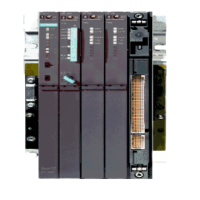
